Uganda, often celebrated as the “Pearl of Africa,” is renowned for its stunning landscapes and remarkable wildlife. However, beneath its natural beauty lies a rich tapestry of history and culture that stretches back thousands of years. From ancient rock art to royal burial grounds, Uganda’s historic sites offer fascinating glimpses into the civilizations, kingdoms, and spiritual traditions that have shaped this East African nation. Here are the ten most popular historic sites that every visitor to Uganda should experience.
1. Kasubi Tombs – Kampala
The Kasubi Tombs stand as the burial grounds for four kabakas (kings of Buganda) and other members of the Baganda royal family, serving as an important spiritual and political site for the Ganda people. Located approximately five kilometers northwest of Kampala’s city center, this UNESCO World Heritage Site was originally built as a palace in 1882 by Kabaka Muteesa I before being converted into a royal burial ground in 1884.
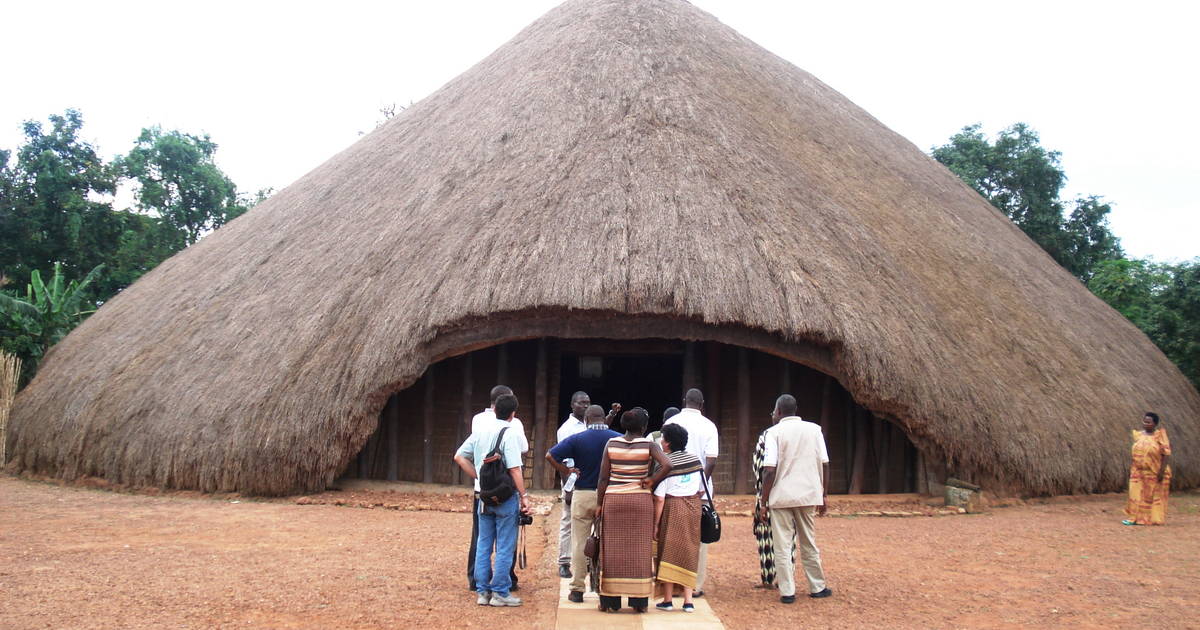
The main building, Muzibu Azaala Mpanga, is a major example of architectural achievement using purely vegetal materials in sub-Saharan Africa, constructed from wooden poles, reed wattle and daub, topped by a thick thatched dome. The structure’s roof rests on 52 rings of palm fronds, symbolically representing the 52 traditional clans of the Baganda people. Despite suffering severe fire damage in 2010, restoration efforts have been ongoing with support from UNESCO and the Ugandan government, ensuring this sacred site continues to serve as a spiritual center for the Buganda Kingdom.
2. Namugongo Martyrs Shrine – Wakiso District
On June 3, 1886, 32 young men, pages of the court of King Mwanga II of Buganda, were burned to death at Namugongo for their refusal to renounce Christianity. This site, located approximately 15 kilometers east of Kampala, has become one of Africa’s most significant religious pilgrimage destinations, attracting millions of visitors annually.

The basilica features 22 copper pillars measuring about 100 feet long, and was elevated to the rank of a minor basilica by Pope John Paul II during his 1993 visit to Uganda. The shrine includes both Catholic and Anglican sections, honoring the martyrs from both denominations. Every year on Martyrs’ Day (June 3rd), pilgrims walk for days from across Uganda and neighboring countries to commemorate these young men’s sacrifice, making it a powerful display of faith and devotion.
3. Nyero Rock Paintings – Kumi District
The Nyero rock paintings, located in eastern Uganda’s Kumi District about 250 kilometers from Kampala, are among the most important rock art in Uganda, dating to before 1250 CE. First documented in 1913, these prehistoric artworks provide invaluable insights into the Late Stone Age hunter-gatherer cultures that once inhabited the region.

The site consists of six shelters, with Nyero 2 being the main shelter featuring a 10-meter high vertical rock and more than forty different drawings, predominantly concentric circles painted in shades of red. The paintings are generally attributed to the Batwa (Twa) hunter-gatherers, though some evidence suggests later contributions from the Iteso people. The site was added to UNESCO’s Tentative List in 1997 and remains a sacred place where local communities once held prayers and made offerings.
4. Bigo Bya Mugenyi – Sembabule District
Bigo bya Mugenyi is an extensive alignment of ditches and berms comprising ancient earthworks located in southwestern Uganda, extending for more than 10 kilometers and dated to roughly AD 1300-1500. This site has been called Uganda’s largest and most important ancient monument.
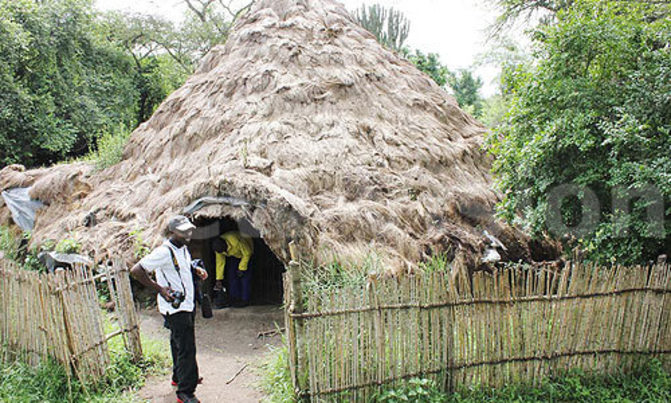
The earthworks consist of an outer boundary connecting to the Katonga River and a central group of four interconnected enclosures. Rather than serving as defensive fortifications against human invaders, researchers suggest the outer earthworks were constructed to keep elephants from damaging agricultural crops, while the central earthworks protected the site’s rulers and served as places for trade redistribution. Associated with the legendary Bachwezi dynasty, this archaeological treasure offers fascinating insights into the organizational capabilities of ancient East African societies.
5. Amabere Ga Nyina Mwiru Caves – Fort Portal
Located about 10 kilometers outside Fort Portal town, Amabere Ga Nyina Mwiru is a strong cultural heritage site among the Batooro people, with its name interpreting as “the breasts of Nyinamwiru“. The site features striking stalactites and stalagmites formed by calcium carbonate deposits that resemble breasts and drip a whitish substance.
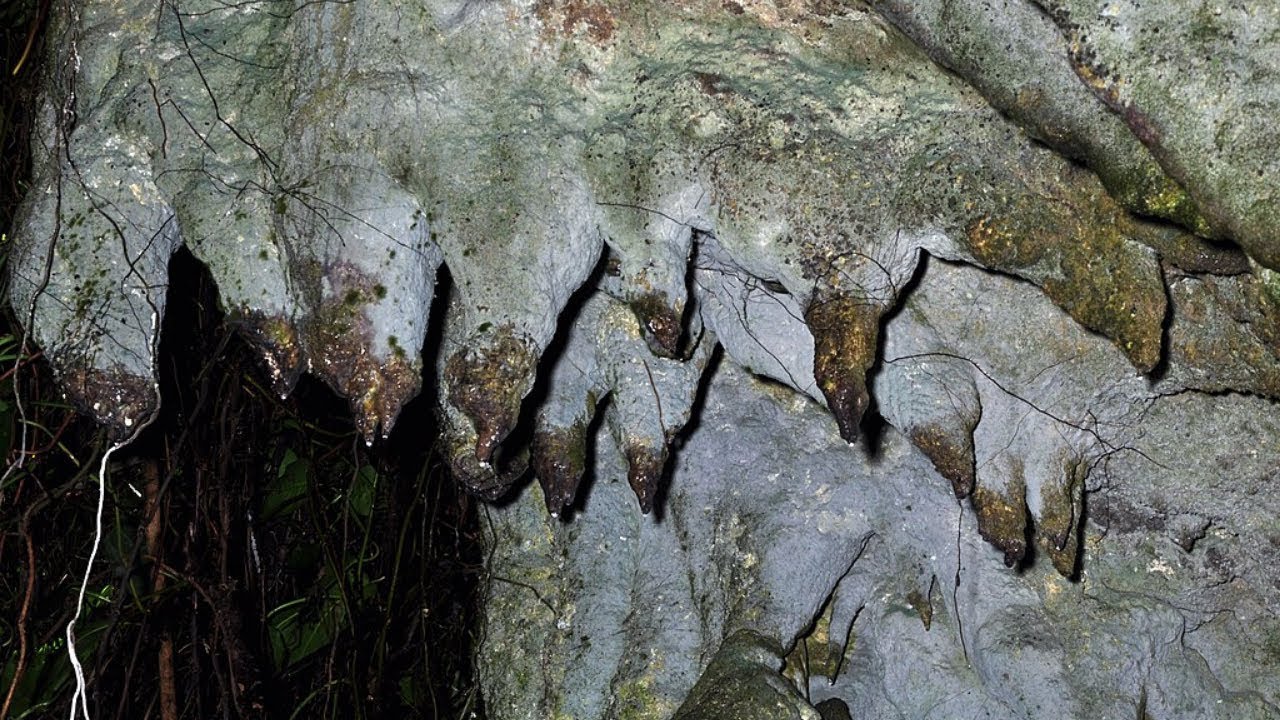
According to Batooro legend, Princess Nyinamwiru refused to marry the man chosen by her father, King Bukuku of the Batembuzi dynasty. The King ordered her breasts to be cut off because of her disobedience, which would ensure she would never get married to whoever she chose and never be able to nurse children. The site is nestled among trees near beautiful waterfalls and offers visitors the opportunity to explore nearby crater lakes and climb Nyakasura Hill for panoramic views.
6. Uganda Museum – Kampala
Established in 1908, the Uganda Museum is the country’s oldest and most comprehensive cultural institution. Located in Kampala, it houses an impressive collection of ethnological and natural-historical exhibits that chronicle the nation’s diverse heritage. The museum showcases traditional musical instruments, archaeological findings, ethnographic displays, and paleontological specimens that trace human evolution in Uganda.
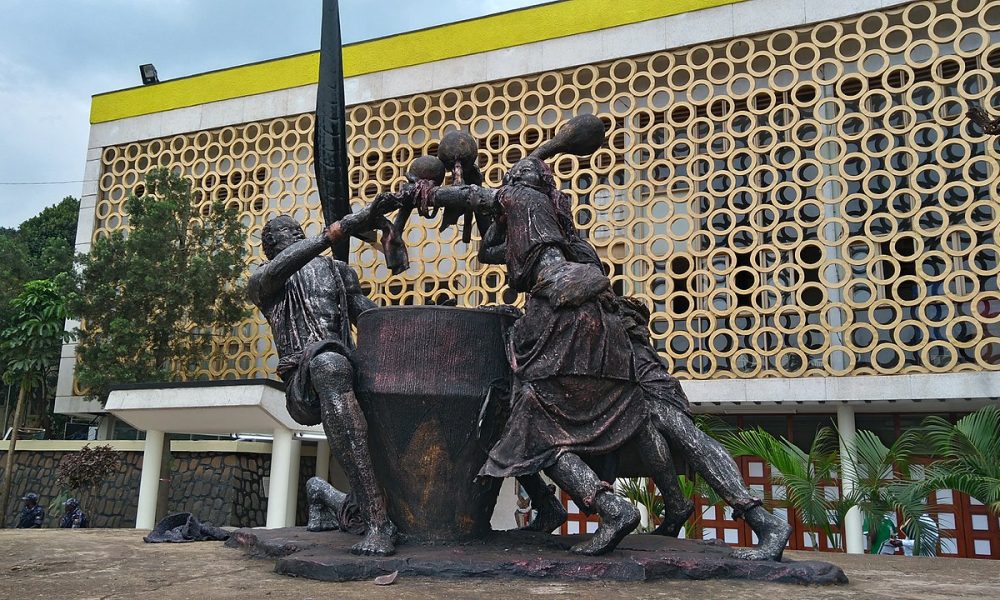
Visitors can explore exhibits featuring traditional hunting tools, pottery, royal regalia from various kingdoms, and displays on Uganda’s 65 indigenous communities. The museum serves as an educational hub where the country’s rich history comes alive through carefully curated artifacts and interactive displays, making it an essential stop for anyone seeking to understand Uganda’s cultural evolution.
7. Kabaka’s Palace (Lubiri) – Mengo, Kampala
The Kabaka’s Palace, locally known as Lubiri, stands as the traditional seat of the Buganda Kingdom in Mengo, a suburb of Kampala. This historic complex has witnessed pivotal moments in Uganda’s political history, including the signing of crucial agreements that shaped the nation’s colonial and post-independence trajectory.

The palace grounds include the infamous Idi Amin torture chambers, dark reminders of Uganda’s troubled past during the 1970s. While the current Kabaka no longer resides at this palace following attacks during political upheavals, the site remains open to visitors who can explore the traditional architecture, learn about Buganda’s royal lineage, and visit the adjacent Bulange (parliament building) where kingdom elders still convene to discuss matters affecting the Buganda people.
8. Source of the Nile – Jinja
The Source of the Nile in Jinja represents one of Africa’s most historically significant geographical discoveries. In 1858, British explorer John Hanning Speke became the first European to identify Lake Victoria as the source of the Nile River, solving one of geography’s greatest mysteries. A monument commemorating Speke’s discovery overlooks the point where the world’s longest river begins its 6,650-kilometer journey to the Mediterranean Sea.

Today, visitors can take boat tours to the exact spot where the Nile emerges from Lake Victoria, surrounded by lush tropical vegetation and teeming with birdlife. The area has developed into a major tourist destination offering adventure activities like white-water rafting, kayaking, and bungee jumping, while maintaining its historical significance as a site that captured the imagination of 19th-century explorers.
9. Bahá’í Temple – Kampala
Perched majestically on Kikaya Hill in Kampala, the Bahá’í Temple is the only Bahá’í House of Worship on the African continent. Completed in 1961, this architectural masterpiece features a distinctive dome adorned with intricate latticework that bathes the interior in soft, filtered natural light. The temple’s nine sides symbolize the unity and completeness central to Bahá’í teachings.
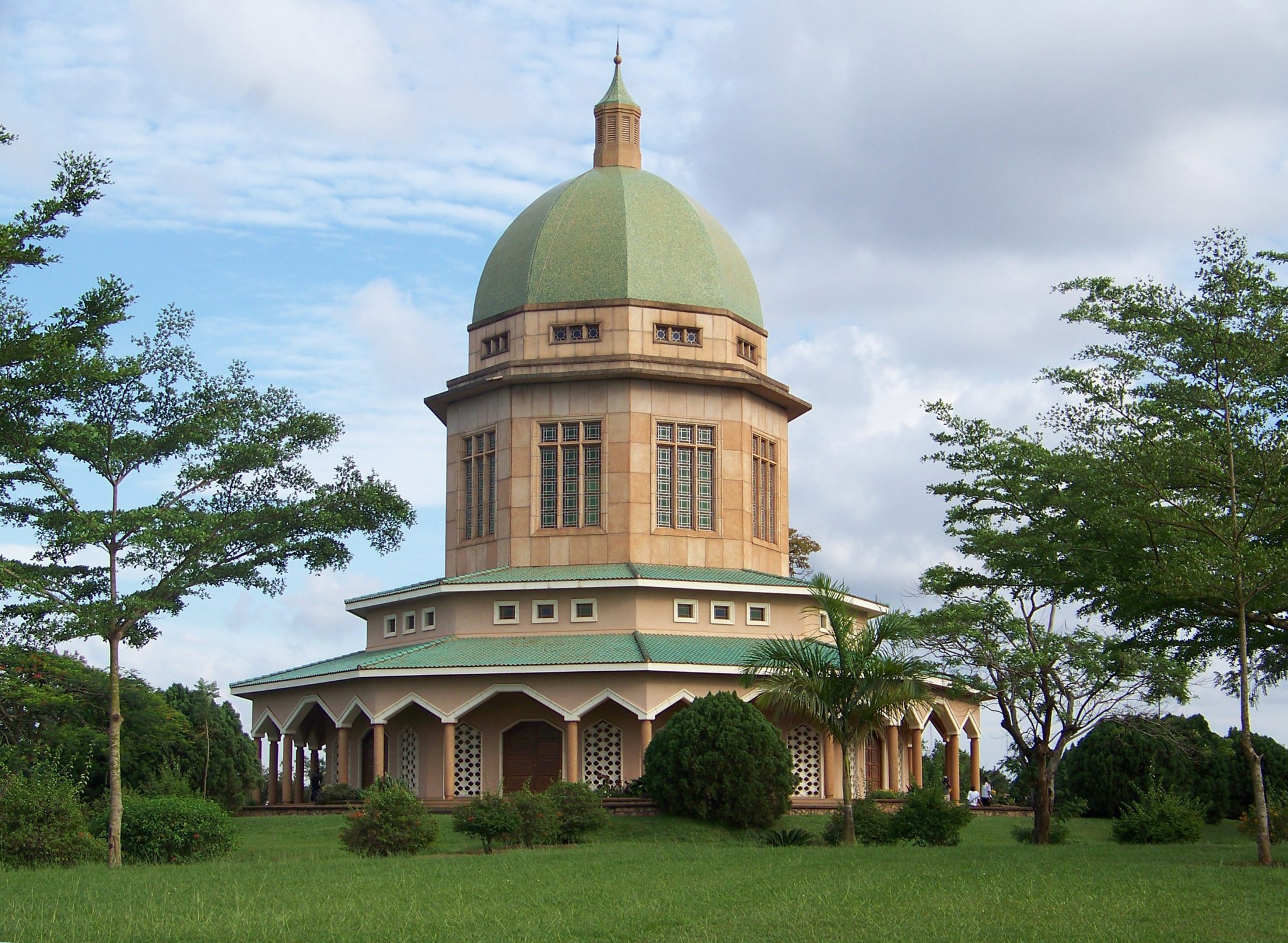
The temple welcomes visitors of all faiths to experience its serene atmosphere and beautifully manicured gardens, which are perfect for contemplation and meditation. Since the Bahá’í faith took root in Uganda in 1951, this temple has served as a beacon of unity, equality, and peace, attracting hundreds of thousands of visitors from around the world who come to appreciate its spiritual significance and stunning architecture.
10. Wamala Tombs – Wakiso District
The Wamala Tombs preserve the remains of Kabaka Suuna II, remembered as the first Kabaka to allow foreign traders into Buganda during the 19th century. Built on a hilltop with scenic surroundings along the Kampala-Bombo highway, these royal tombs exemplify traditional Buganda burial customs and architectural styles.
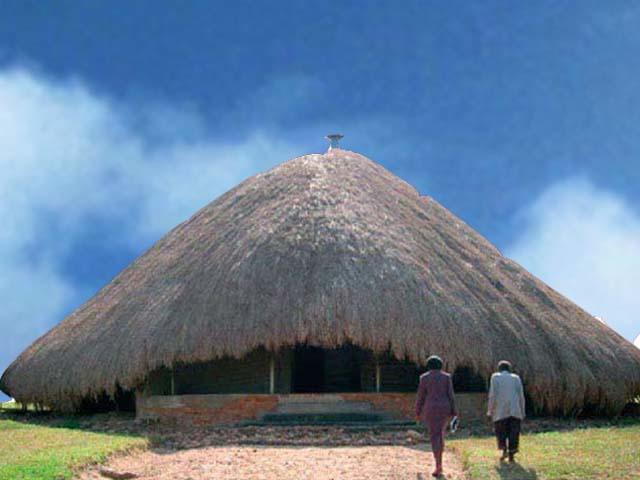
Kabaka Suuna II was known for his diplomatic openness and had over 150 wives who bore him 218 children, marking an era of Buganda’s expansion and international engagement. The site continues to be an active cultural center where traditional ceremonies and rituals are performed by royalists seeking blessings from ancestral spirits. Sacred drums positioned at the tombs are believed to summon the spirit of Kabaka Suuna II, maintaining the spiritual connection between the living and the departed kings.
Planning Your Historic Journey Through Uganda
Uganda’s historic sites are best visited during the dry seasons from June to August and December to February, when comfortable weather conditions make travel and exploration more enjoyable. Many of these sites are within easy reach of Kampala, making it convenient to combine multiple historic visits with Uganda’s famous wildlife safaris and natural attractions.
When visiting these sacred and culturally significant sites, it’s important to show respect for local customs and traditions. Many locations require visitors to remove shoes, dress modestly, and follow specific guidelines. Hiring knowledgeable local guides enhances the experience, as they share detailed histories, legends, and cultural context that bring these ancient sites to life.
From the architectural marvels of the Kasubi Tombs to the prehistoric artistry at Nyero, Uganda’s historic sites offer compelling narratives of kingdoms, faith, artistry, and resilience. These treasures remind us that Uganda’s identity extends far beyond its natural wonders—it is a land where history lives, breathes, and continues to inspire both locals and visitors from around the world.
Planning to visit Uganda and would love toe xplore one or more of the above historic sites- we at Mumwe Safaris will be delighted to offer you a good 4×4 car and driver-guide to take you to any site comfortably. Simply contact us now by sending an email to info@ugandasafaribookings.com or calling/chatting via +256-700135510.
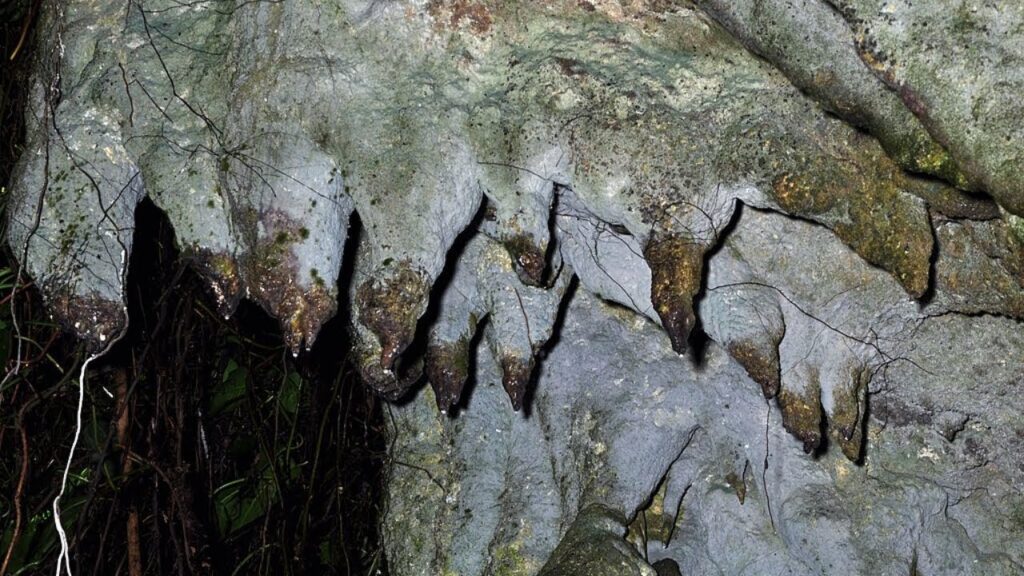




More Articles
Uganda vs Traffickers: The Race to Save the Pangolin
Top 5 Interesting Things You Didn’t Know About Gorillas
Escape the Crowds: Discover Untamed Beauty of Kidepo Park